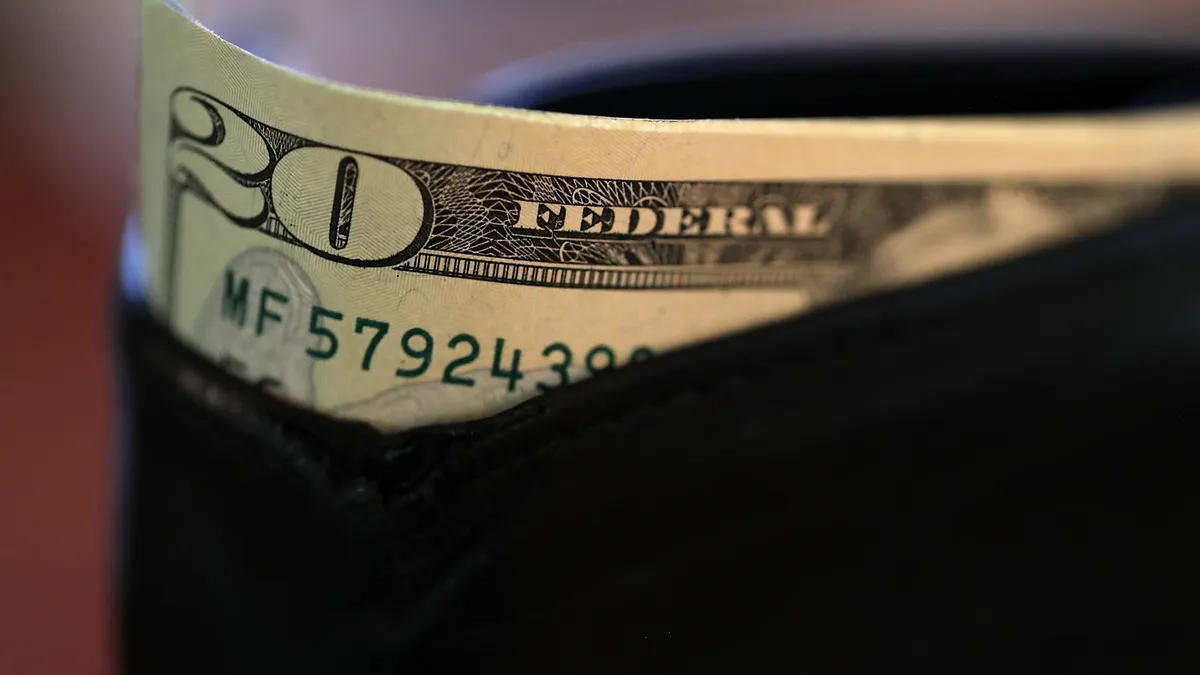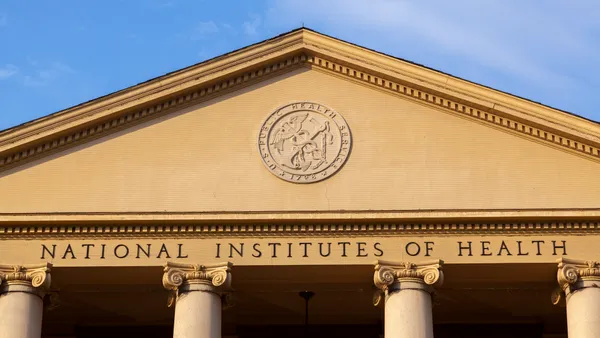Dive Brief:
- Almost all of the student loans that the federal government discharged because a college closed were owed by students who had attended for-profit institutions, a new government watchdog report concluded.
- The U.S. Government Accountability Office, at Congress' direction, explored the closed-school discharge program, which enables the U.S. Department of Education to cancel loans for students who were enrolled at institutions that shut down. It detailed an automatic loan forgiveness process that the Trump administration scrapped.
- The GAO studied information of 246,000 borrowers at 1,106 schools that closed from 2010 to the end of 2020. More than 40% of those borrowers did not transfer or complete their programs before their college closed.
Dive Insight:
Students who can't finish their education because their college closed can often have their federal loans discharged, which could be an important protection against the downside of being saddled with loans they can't pay off. However, in many cases these students may be unaware they are eligible for loan forgiveness or have trouble navigating the government's processes.
The Obama administration attempted to alleviate some of these difficulties by issuing a regulation that automatically discharged loans for certain borrowers whose schools closed. President Donald Trump's Education Department nixed that rule.
Yet the GAO found the automatic procedure helped thousands of borrowers. More than 27,600 borrowers whose schools closed between 2013 and 2018 had their loans canceled through this route, accounting for 42% of the discharges in that period. The agency found 58% of the discharges, for some 38,700 people, came after borrowers submitted applications.
Education Department officials reported that some borrowers who had their loans automatically discharged may not have known they were eligible for forgiveness, according to the GAO. And some qualifying borrowers don't take advantage of application-based discharges because the onus was on them to seek it out.
About three-quarters of the borrowers who had loans discharged automatically had struggled to repay them, according to the GAO. More than half of those students had defaulted on their loans. And about 20% had been past due on their loans by 90 days or more at some point while repaying them.
The department approved discharges for more than 80,000 borrowers between 2010 and 2020, the GAO found. Of those, 96% were for students who attended for-profit schools. The GAO's analysis was current as of April 2021.
The Biden administration is currently reworking regulations governing student loan debt, including closed-school processes. More than 20 Democratic senators wrote to Education Secretary Miguel Cardona in July, urging the department to reinstate automatic discharges and broaden closed-school discharge by making students who transfer to another college eligible.
A House subcommittee hearing Thursday focused on closed-school discharges and how to improve the process.
Several Republican lawmakers expressed skepticism about broader relief, saying it was unfair for taxpayers to always foot the bill for loan forgiveness when an institution shutters.
Some supported an idea put forth by Preston Cooper, a research fellow at the right-aligned think tank The Foundation for Research on Equal Opportunity, who testified during the hearing. Cooper suggested the government require colleges, both nonprofit and for-profit, to purchase insurance that could pay out if they closed and reimburse students.
Rep. Kathy Manning, a North Carolina Democrat, criticized Cooper's proposal, saying it is likely that colleges would pass on these new insurance costs to students, potentially burdening them with more debt. And nonprofit schools bear much less responsibility for the recent closures, Manning said.














